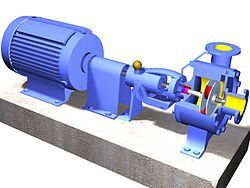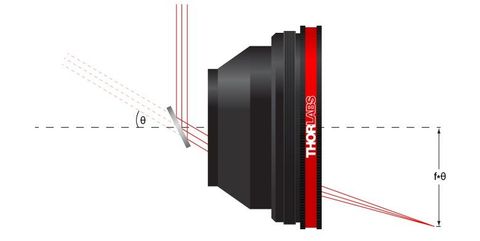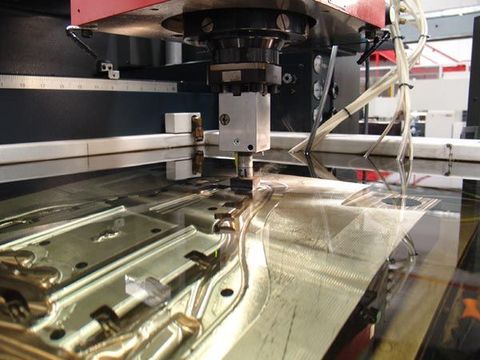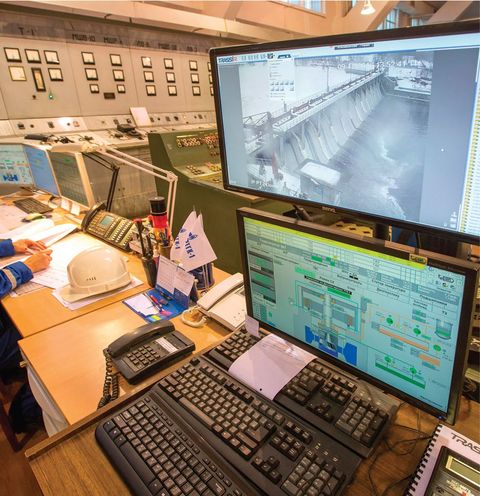AI-Powered 3D Modeling Guide for Designers to Elevate Creativity
3D modeling is the process of creating a digital three-dimensional representation of any object or surface. Traditionally, designers and engineers use specialized software to build models manually—a process that requires skill, time, and effort.
AI (Artificial Intelligence) has recently entered the world of 3D modeling, bringing automation, speed, and intelligence to the creative process. With AI tools, users can now generate models from simple sketches, images, or even text prompts—redefining what’s possible in industries like gaming, architecture, animation, product design, and virtual reality.

AI in 3D modeling is transforming how professionals and hobbyists approach design. It affects multiple industries by solving key problems:
-
Time Efficiency: Traditional modeling can take hours or days. AI can generate drafts or base models in minutes.
-
Skill Accessibility: AI lowers the barrier for beginners who may not know complex CAD tools or 3D software.
-
Creativity Boost: Designers can experiment quickly and iterate without having to manually reshape objects.
-
Cost Reduction: Automated modeling helps reduce the cost of prototyping and shortens project timelines.
-
Integration Across Sectors: AI models are used in everything from medical imaging and automotive parts to movie special effects and e-commerce visualization.
By blending machine learning with geometry, AI-driven modeling opens the door for smarter, faster, and more intuitive design processes.
What’s New in 2024–2025: Recent Developments
The AI-3D modeling space has seen major advances in the last year:
-
Text-to-3D Model Tools: Platforms like OpenAI’s Shap-E, DreamFusion by Google, and Luma AI now allow users to generate 3D objects using just natural language.
-
AI Mesh Repair and Optimization: AI tools can now automatically clean, retopologize, and simplify mesh data for use in real-time rendering engines.
-
Photogrammetry + AI: Applications like Polycam and Luma use smartphones to scan real-world objects, enhancing them with AI to produce clean 3D outputs.
-
Generative Design for Engineering: Tools like Autodesk Fusion 360’s AI-driven features generate optimal product shapes based on structural, weight, or aesthetic requirements.
-
Open-Source Models: Open-source AI models like Point-E and Meshy are being used in educational institutions and hobbyist communities for faster model creation.
These innovations continue to push the limits of what creators can do with fewer resources and greater flexibility.
Laws and Regulations Affecting AI in 3D Modeling
Although there are no laws that target AI-based 3D modeling specifically, several broader policies are relevant:
-
Intellectual Property (IP) Rights: If an AI generates a model, the ownership rights can be unclear. Some countries are beginning to address AI-generated content rights.
-
Data Privacy: 3D scans of real people or places used to train AI must comply with data privacy laws like the GDPR (Europe) or CCPA (California).
-
AI Governance: In 2024, the EU passed the AI Act, categorizing different AI tools based on risk. 3D tools used in healthcare or defense modeling may face more regulation.
-
Export Controls: Countries like the U.S. have introduced export restrictions on certain AI models that could be used in defense or surveillance-related 3D reconstruction.
Designers and companies using AI for 3D work must be aware of evolving legal frameworks, especially regarding copyright, AI accountability, and ethical use.
Helpful Tools and Resources
Here’s a list of some useful tools, apps, and platforms that support AI-powered 3D modeling:
AI 3D Model Generators
-
Luma AI – Capture real-world objects using a phone camera and generate high-quality models.
-
Shap-E by OpenAI – Open-source model for turning text into 3D shape outputs.
-
DreamFusion (by Google) – Research project that converts text prompts into textured 3D models.
-
Meshy.ai – Generate and edit 3D assets from text or images.
-
Kaedim – Fast text-to-3D platform used by indie game developers.
Traditional + AI Integration Platforms
-
Blender (with AI plugins) – Open-source 3D software with growing AI integration capabilities.
-
Autodesk Fusion 360 – CAD tool using generative AI for mechanical parts and industrial design.
-
ZBrush with ZRemesher – Advanced sculpting software with smart mesh optimization.
Resources for Learning
-
YouTube channels: CG Geek, Polyfjord, and AskNK cover AI + Blender workflows.
-
Coursera & Udemy: Offer beginner-friendly courses on AI in 3D modeling.
-
GitHub: Search for repositories like “Point-E”, “Shap-E”, or “Meshy” to explore open-source AI projects.
Frequently Asked Questions (FAQs)
Can I create 3D models from text using AI?
Yes. AI tools like Shap-E and Meshy allow you to generate simple 3D models using descriptive prompts. However, detailed refinement may still require manual editing.
Are AI-generated 3D models accurate?
For general shapes and concepts, AI-generated models are surprisingly accurate. However, for precise engineering or manufacturing purposes, manual adjustments or CAD software are often required.
Do I need technical skills to use AI 3D tools?
Basic familiarity with 3D concepts helps, but many tools are now beginner-friendly. Platforms like Luma AI and Meshy aim to make modeling accessible with minimal inputs.
Are AI 3D models copyrighted?
This depends on your country. In some regions, only human-created works are eligible for copyright. However, if you're using proprietary tools, the service terms usually grant you rights to the models you generate.
How much does it cost to use AI 3D modeling tools?
Many tools are free or have free tiers (e.g., Luma, Meshy). Premium features, faster rendering, or commercial rights may require subscriptions ranging from $10–$100/month.
Conclusion
AI is fundamentally changing the 3D modeling landscape, making design faster, more inclusive, and highly scalable. Whether you're an artist, engineer, game developer, or student, AI-powered 3D modeling tools can help streamline workflows, boost creativity, and reduce production time.
As the technology continues to evolve, so will the capabilities and ethical considerations. Staying informed, experimenting with tools, and understanding the legal landscape are all essential for getting the most out of AI in 3D modeling.







